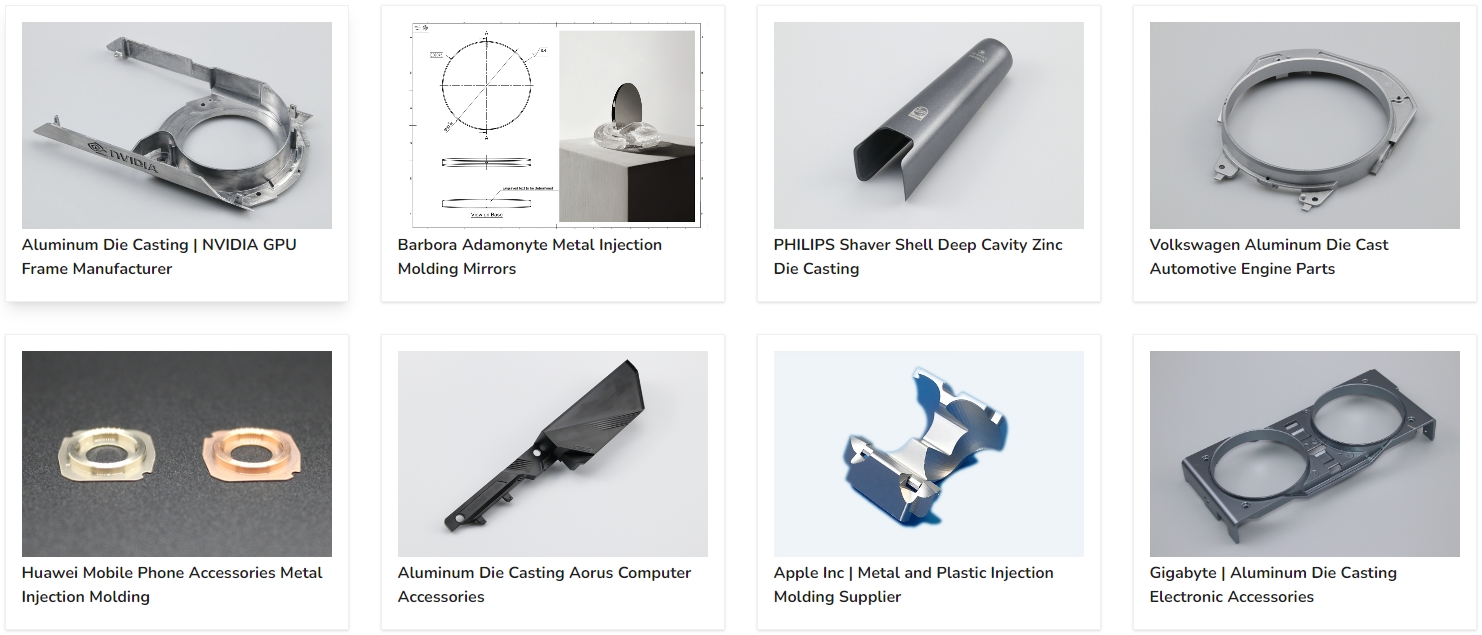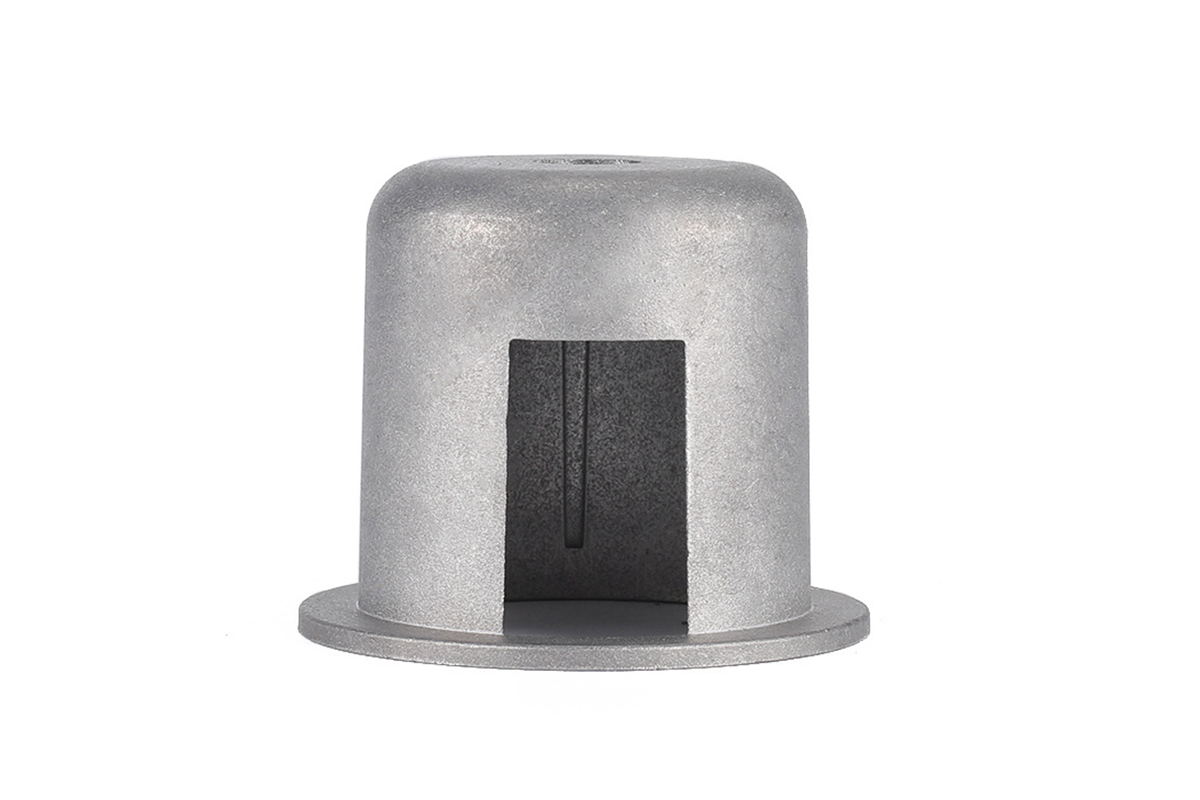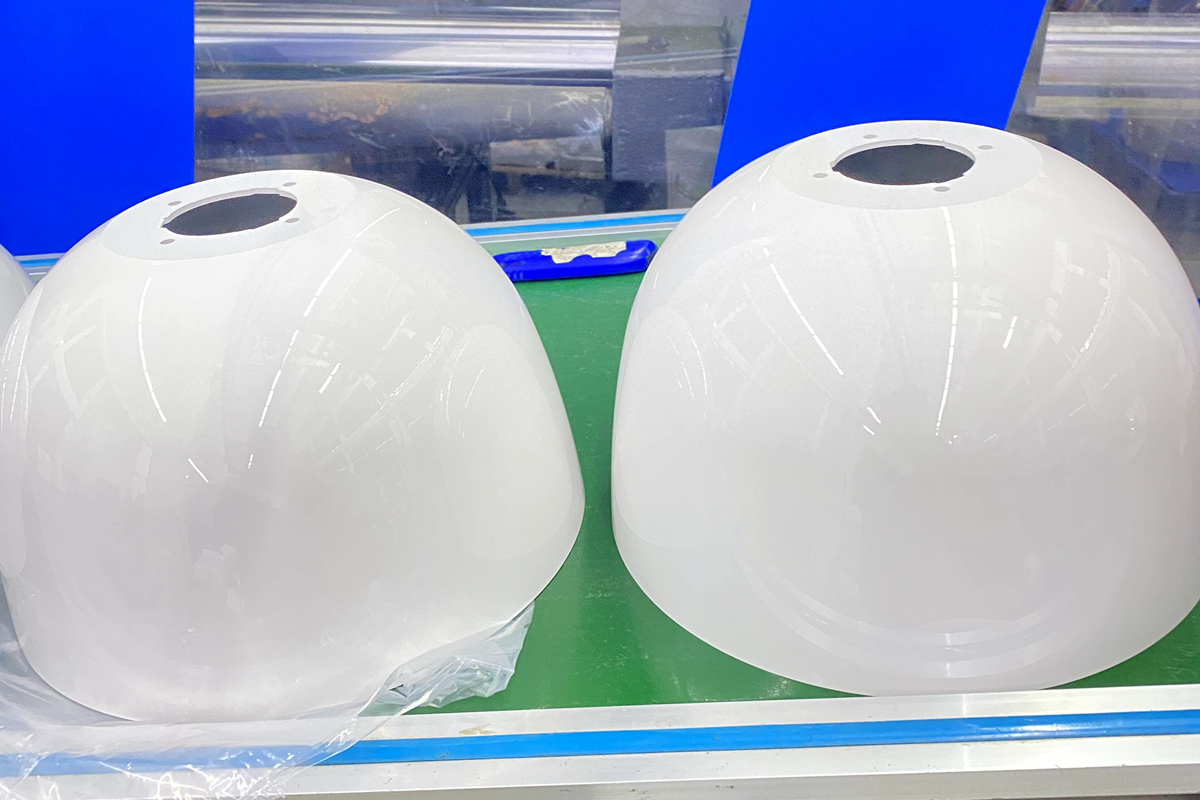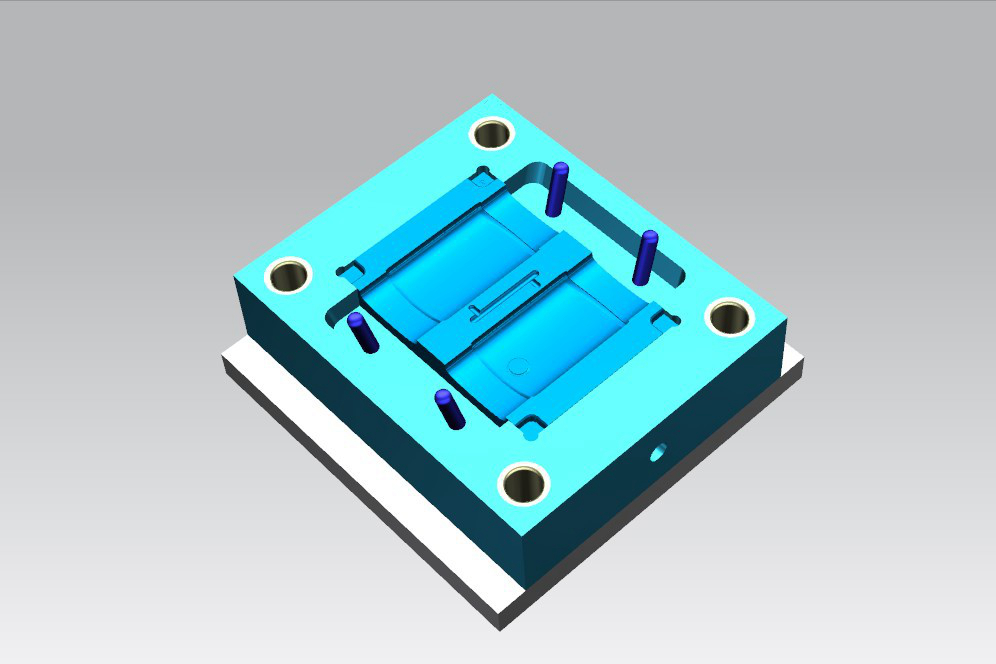Aluminum Die Casting: Causes and Solutions for Porosity Issues
Introduction
Aluminum die casting is a widely used manufacturing process known for its efficiency in producing complex and precise metal components. However, one of the persistent challenges in aluminum die casting is the occurrence of porosity. Porosity can significantly impact the castings' mechanical properties and overall quality, reduce strength, compromise integrity, and cause potential failure in critical applications.
Understanding the causes of porosity and implementing practical solutions is crucial for manufacturers to ensure high-quality aluminum die castings. This blog aims to delve into the common causes of porosity in aluminum die castings and provide practical solutions to mitigate and eliminate this issue. By addressing these challenges, manufacturers can improve the reliability and performance of their cast products, ultimately enhancing their competitiveness in the market.
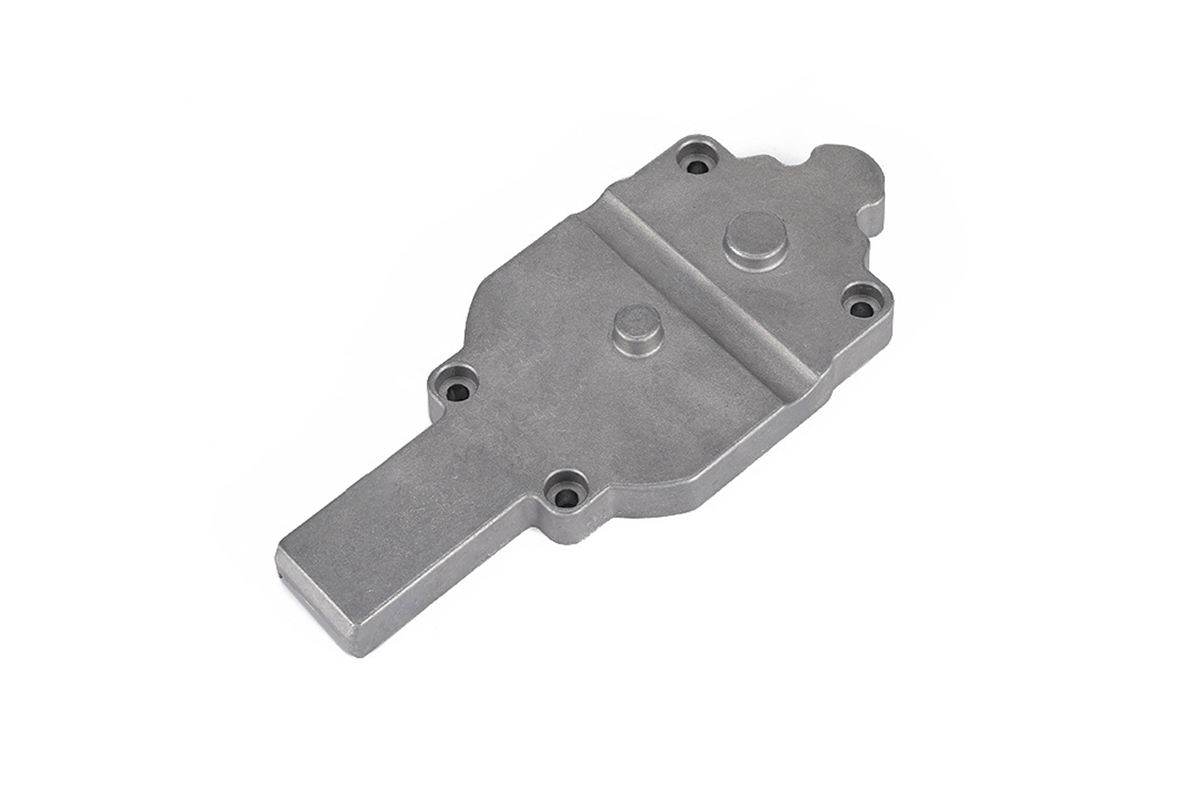
Understanding Porosity in Aluminum Die Castings
Porosity in aluminum die castings refers to small voids or cavities within the metal. These voids can vary in size and distribution and are typically formed during the solidification process of the cast metal. Porosity can be broadly classified into two main types: gas porosity and shrinkage porosity.
Gas PorosityGas porosity occurs when gases, such as air or hydrogen, become trapped within the molten metal during the casting process. This entrapment can happen for various reasons, including moisture in the mold or core materials, improper venting, or turbulence in the molten metal. Gas porosity often appears as small, rounded holes within the casting, which can compromise the material's structural integrity.
Shrinkage PorosityShrinkage porosity arises due to the volume contraction that occurs when the molten metal solidifies and cools. As the metal transitions from liquid to solid, it naturally shrinks. If there is insufficient feed metal to compensate for this shrinkage, voids will form. These voids manifest as more significant, irregular cavities and can significantly weaken the casting.
Impact of Porosity on Mechanical Properties and QualityPorosity can have several detrimental effects on the mechanical properties and overall quality of aluminum die castings. These effects include:
Reduced Strength: Porosity can lower the tensile and fatigue strength of the casting, making it more susceptible to cracking and failure under load.
Compromised Pressure Tightness: Porous castings may leak under pressure, which is critical in applications such as hydraulic components and automotive parts.
Poor Surface Finish: Surface porosity can lead to rough and uneven surfaces, affecting the aesthetic and functional qualities of the casting.
Machining Challenges: Porous areas can cause difficulties during machining, leading to tool wear and inaccurate dimensions.
Common Causes of Porosity in Aluminum Die Castings
Porosity in aluminum die castings can arise from various factors during the casting process. Understanding these common causes is essential for implementing practical solutions to minimize and eliminate porosity.
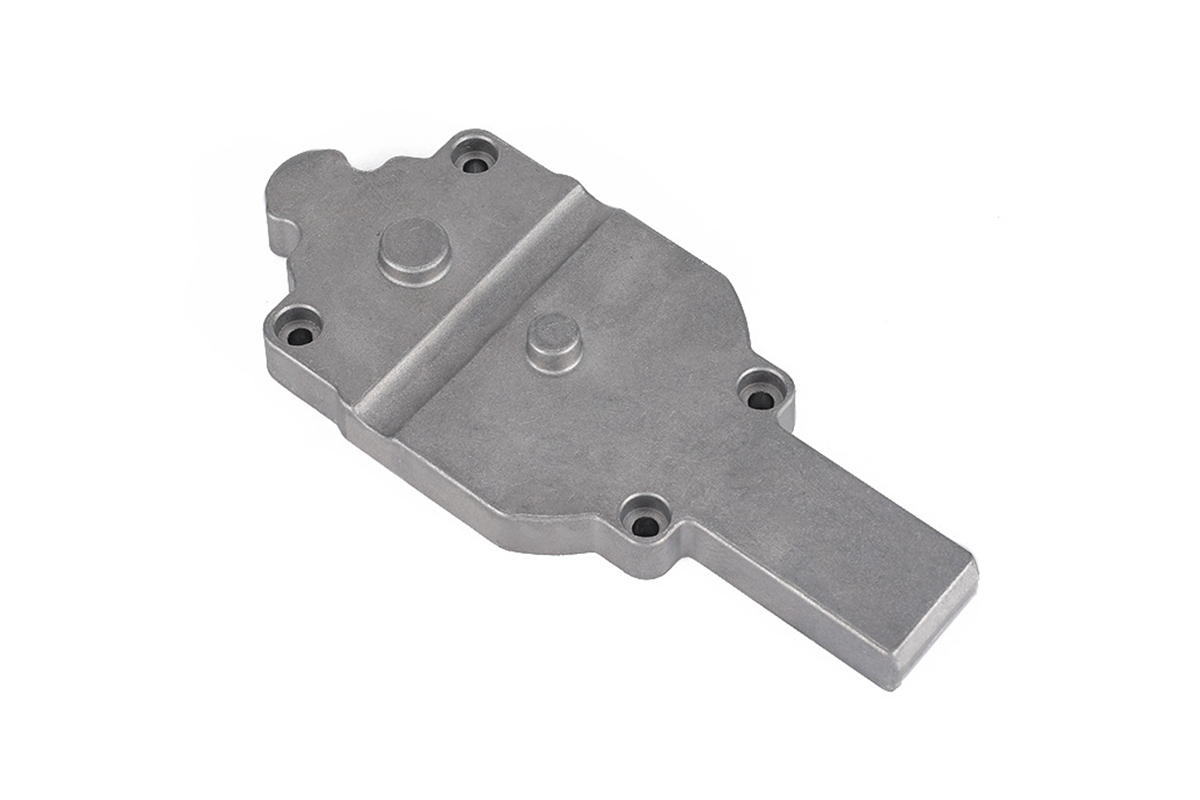
Gas Entrapment
Gas entrapment is a primary cause of porosity in aluminum die castings. It occurs when gases such as air, hydrogen, or other contaminants become trapped within the molten metal. Familiar sources of gas include:
Moisture in the Mold or Core Materials: Moisture can vaporize during casting, forming gas.
Air Entrapment: Turbulence and improper metal flow can trap air in the molten metal.
Hydrogen Absorption: Aluminum alloys can absorb hydrogen from the atmosphere or wet materials, forming gas bubbles as the metal solidifies.
Solidification Shrinkage
Shrinkage porosity results from the natural contraction of the metal as it solidifies and cools. This shrinkage creates voids if there is not enough feed metal to fill the shrinking volume. Contributing factors include:
Inadequate Feeding: Insufficient molten metal supply during solidification can lead to shrinkage cavities.
Poor Riser Design: Risers, which serve as reservoirs of molten metal, must be appropriately designed to provide adequate feed metal to the casting during solidification.
Rapid Cooling: Uneven or rapid cooling can exacerbate shrinkage porosity by preventing proper feeding.
Inadequate Venting
Proper mold venting is critical to allow gases to escape from the mold cavity. Inadequate venting can trap gases inside the casting, leading to porosity. Key points include:
Insufficient Venting Channels: Lack of adequate vents can prevent gases from escaping, causing gas porosity.
Blockages in Vents: Debris or improper maintenance can block venting channels, trapping gases.
Contaminants and Impurities
Contaminants and impurities in the aluminum alloy can also contribute to porosity. These contaminants can come from various sources:
Recycled Materials: Using recycled aluminum can introduce impurities that lead to gas formation.
Oxide Films: Oxide films on the surface of the molten metal can become trapped within the casting, creating voids.
Foreign Particles: Dirt, slag, and other foreign particles can create sites for porosity formation.
Techniques to Identify and Measure Porosity
Identifying and measuring porosity in aluminum die castings is crucial for ensuring the quality and integrity of the final product. Various techniques can be employed to detect and quantify porosity, each with advantages and applications.
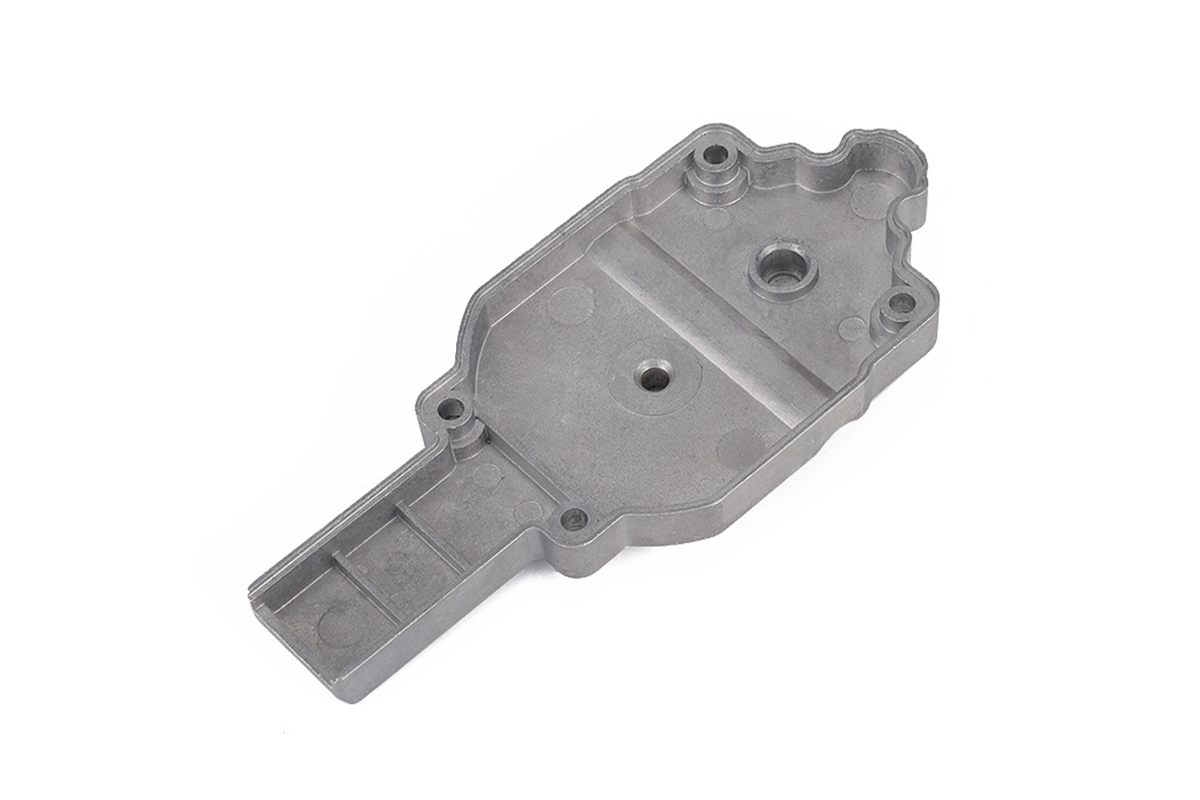
Visual Inspection
Visual inspection is the most straightforward method to identify surface porosity. It involves a thorough examination of the casting's exterior to detect visible signs of porosity, such as:
Surface Defects: Small holes or rough areas on the surface can indicate the presence of porosity.
Color Variations: Differences in coloration may suggest underlying voids or impurities.
While visual inspection helps detect surface porosity, it may not reveal internal defects.
Non-Destructive Testing (NDT) Methods
Non-destructive testing methods allow for the detection of internal porosity without damaging the casting. Standard NDT techniques include:
X-ray Inspection
X-ray Radiography: This technique uses X-rays to penetrate the casting and produce an image that reveals internal defects. X-ray radiography is highly effective for identifying both gas and shrinkage porosity.
Computed Tomography (CT) Scanning: CT scanning provides a detailed 3D image of the casting's interior, allowing for precise detection and measurement of porosity. This method is beneficial for complex geometries and critical applications.
Ultrasonic Testing
Ultrasonic Flaw Detection: Ultrasonic waves are transmitted through the casting, and their reflections are analyzed to detect internal voids. This method is effective for identifying porosity in thicker sections of the casting.
Advantages: Ultrasonic testing is fast, portable, and can be used on-site.
Destructive Testing Methods
Destructive testing methods involve sectioning the casting to observe and measure porosity directly. These methods provide detailed information but render the casting unusable.
Metallographic Examination
Sectioning and Polishing: The casting is cut, polished, and examined under a microscope. It allows for precisely characterizing porosity size, distribution, and morphology.
Quantitative Analysis: Image analysis software can quantify pores' volume fraction and size distribution.
Density Measurement
Archimedes' Principle: The casting's density is measured by comparing its weight in air and fluid. Deviations from the expected density can indicate the presence of porosity.
Porosity Index: The measured density can be used to calculate a porosity index, providing a quantitative measure of the porosity level.
Solutions to Minimize and Eliminate Porosity
Addressing porosity in aluminum die castings requires a multifaceted approach combining mold design improvements, process control, alloy treatment, and advanced casting techniques. Here are practical solutions to minimize and eliminate porosity:
Improving Mold Design
A well-designed mold is critical to reducing porosity. Key improvements include:
Optimizing Gate and Riser Placement: Proper gate and riser design ensures smooth metal flow and adequate feeding of molten metal during solidification. Strategically placed gates and risers help prevent turbulence and air entrapment.
Enhancing Mold Venting and Cooling Systems: Adequate venting allows gases to escape, reducing gas porosity. Incorporating effective cooling channels ensures uniform cooling, minimizing shrinkage porosity. Using simulation software to design and optimize these systems can enhance their effectiveness.
Process Control and Monitoring
Tight control and monitoring of the casting process can significantly reduce porosity. Important aspects include:
Maintaining Proper Temperatures and Pressures: Consistent control of melt temperature, mold temperature, and injection pressure helps prevent gas absorption and shrinkage defects. Automated systems can ensure precise control and consistency.
Real-time Monitoring of Casting Parameters: Implementing sensors and real-time monitoring tools allows for the immediate detection of anomalies in the casting process. It enables quick adjustments to prevent porosity formation.
Alloy Selection and Treatment
The choice and treatment of aluminum alloys play a crucial role in minimizing porosity. Considerations include:
Choosing Low-Porosity Aluminum Alloys: Selecting high-purity alloys with low gas absorption tendencies can reduce the likelihood of gas porosity. Alloys specifically formulated for die-casting applications often have reduced susceptibility to porosity.
Degassing and Refining Processes: Pre-treating the molten metal with degassing agents and fluxes can remove dissolved gases and impurities. Techniques such as rotary degassing and using inert gases (e.g., argon) help eliminate hydrogen and other gases from the melt.
Vacuum Casting Techniques
Vacuum-assisted die-casting techniques can reduce porosity by minimizing gas entrapment and improving metal flow. Key points include:
Benefits of Vacuum-Assisted Die Casting: Vacuum systems remove air from the mold cavity, reducing the chance of gas porosity. This technique also helps achieve better metal flow and fill complex geometries more effectively.
Implementation and Cost Considerations: While vacuum casting can increase equipment and operational costs, the benefits of improved casting quality and reduced scrap rates often justify the investment. Manufacturers should evaluate the cost-benefit ratio based on their specific production needs.
Case Studies and Real-World Examples
To illustrate the practical application of the strategies discussed, here are two case studies showcasing how specific issues with porosity were addressed in real-world aluminum die-casting scenarios.
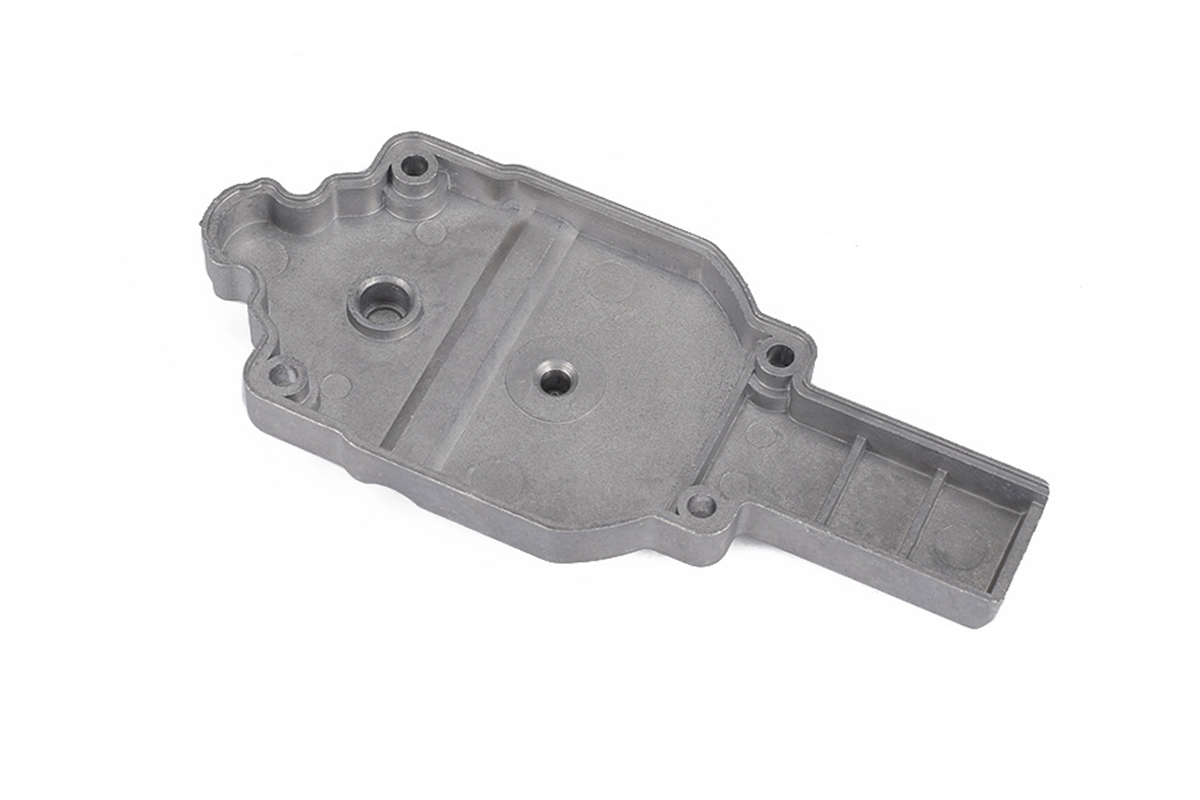
Example 1: Reducing Gas Porosity in Automotive Parts
Initial Challenges: An automotive manufacturer was experiencing high levels of gas porosity in their aluminum die-cast engine components. This porosity led to reduced mechanical strength and compromised pressure tightness, affecting the reliability of the parts.
Implemented Solutions:
Enhanced Mold Venting: The mold design was revised to include additional venting channels. This change improved the escape of trapped gases during the casting process.
Degassing Treatment: The molten aluminum was treated with a rotary degassing system using argon gas, significantly reducing the melt's hydrogen content.
Process Control: Real-time monitoring of melt temperature and mold filling pressure was introduced, ensuring consistent casting conditions.
Measured Improvements and Outcomes:
Reduced Porosity Levels: X-ray inspections revealed a significant reduction in gas porosity, with fewer defects detected.
Improved Mechanical Properties: Tensile strength tests showed a 15% increase in strength, and the components met the required pressure tightness standards.
Lower Scrap Rates: The scrap rate due to porosity defects dropped by 25%, leading to cost savings and improved production efficiency.
Example 2: Overcoming Shrinkage Porosity in Aerospace Components
Initial Challenges: An aerospace component manufacturer needed help with shrinkage porosity in their aluminum castings used for structural parts. The porosity compromised the integrity and performance of these critical components.
Implemented Solutions:
Optimized Riser Design: The riser system was redesigned to provide better feed metal during solidification. Simulation software was used to model and optimize the riser placement and dimensions.
Controlled Cooling: The cooling rate was adjusted by enhancing the mold's cooling channels, ensuring more uniform solidification.
Vacuum-Assisted Casting: A vacuum-assisted die-casting process was implemented to minimize air entrapment and improve metal flow.
Performance Enhancements and Quality Gains:
Eliminating Shrinkage Cavities: Metallographic examinations showed that shrinkage cavities were significantly reduced, resulting in a denser and more homogeneous microstructure.
Increased Component Reliability: The cast components demonstrated improved fatigue resistance and higher load-bearing capacity, meeting the stringent requirements for aerospace applications.
Cost Efficiency: The reduction in defects and rework led to a 20% decrease in production costs while maintaining high quality and performance standards.
